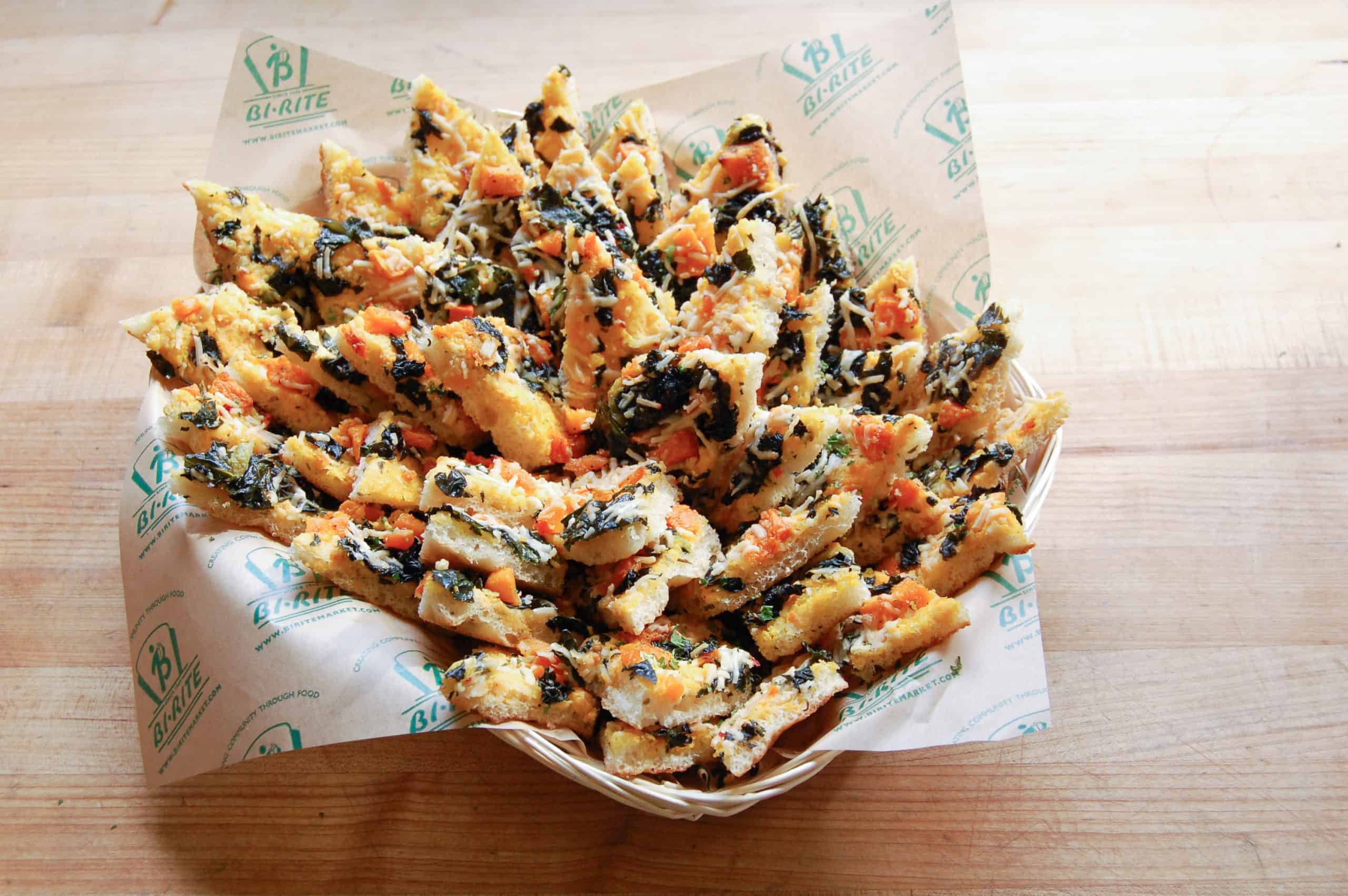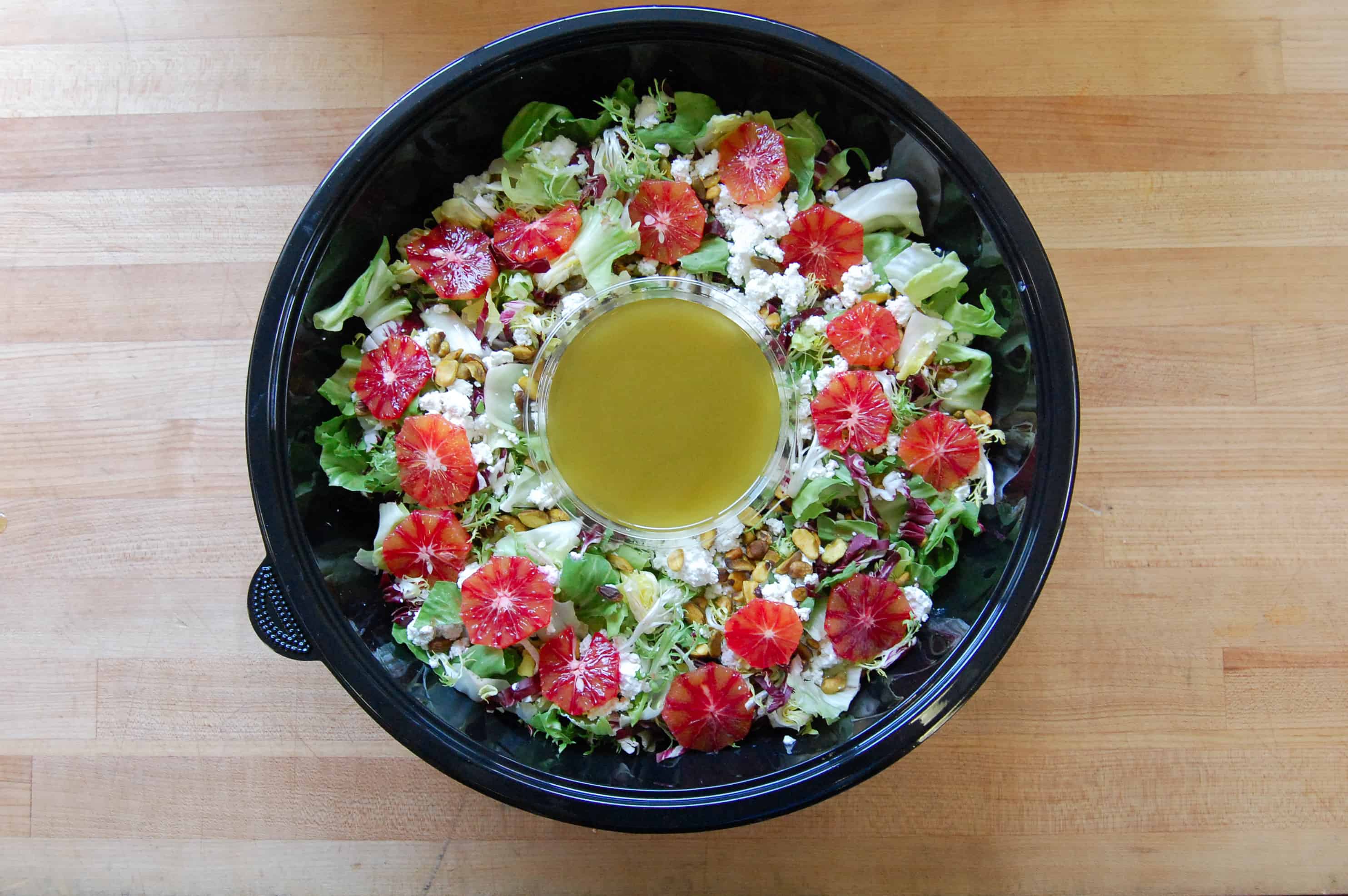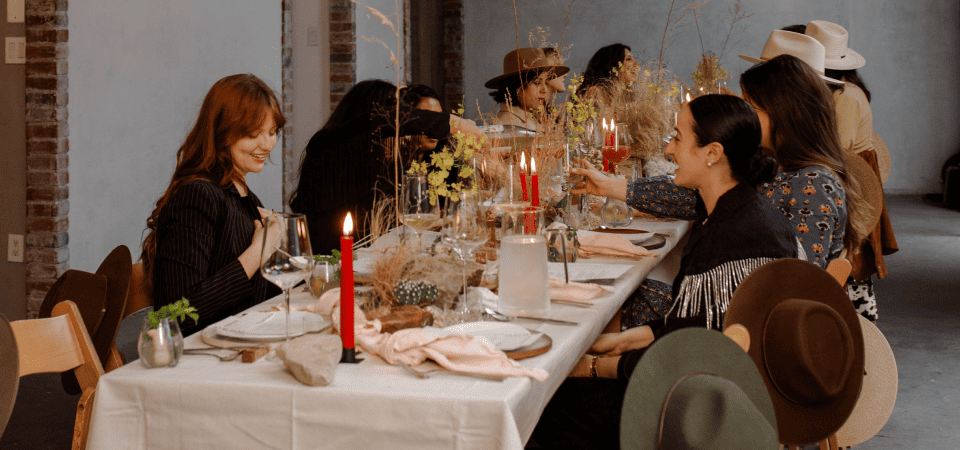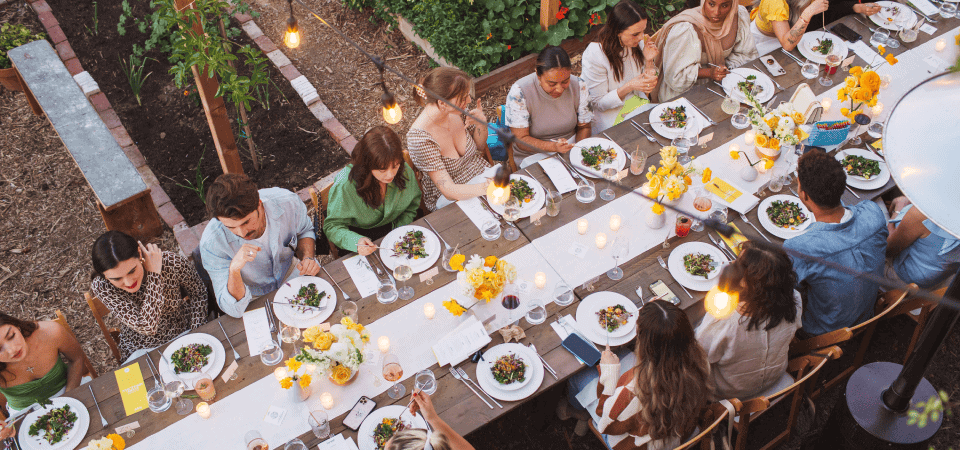
In the second installment of our our three-part catering guide with Bi-Rite Market, we take a deep dive on best practices and how to avoid common missteps. Here, Bi-Rite’s Sue Mackimmie shares ten things to consider when organizing catering for a large group.
At the core of Bi-Rite’s success is the underlying belief that food is fuel for the body and mind. Beyond working tirelessly each day to ensure that clients receive gourmet, nutritious food, they take a holistic approach to creating exceptional meals, thinking through each step in the process.
Use this 10 step catering guide to avoid common pitfalls and pull of a meal order that will delight your guests.
1. Understand your demographic
The first step to planning catering is knowing your audience. Consider who you are feeding and where you are hosting the event. Think about where they are coming from – for example, if this is an exec team who just got off the plane and needs lunch over their meeting, or a product team that needs a whole day of food for their offsite. Determine who you are trying to please and keep this needs at the forefront of your order.
2. Consider the space
The location will have an impact on your catering order. Depending on the nature of the offsite or event, it might be important to be in a space with access to a kitchen where food can be stored and organized before serving. Ask yourself if you need multiple deliveries, if you need to be there to let the catering in, if there is space for food storage and refrigeration, and stations to set up different meals.
Explore unique meeting and event venues
3. Establish your budget
Before you get too far downstream, you need to have a clear understanding of your budget. Most catering companies offer different tiers depending on sourcing premium ingredients. You can still get a high quality meal at a lower tier, but be sure that you are up front with your budget before ordering.
4. Know how much to order
To tackle this common challenge, Bi-Rite devised a clever way of thinking about servings, known as “Bites.” A bite is a one portion – think about the amount of something that would fit on a serving spoon. We teamed with Bi-Rite to turn this concept into a simple quantity calculator that will tell you exactly how much to order. Check out the quantity calculator here.

5. Schedule a seamless delivery
Plan for a half hour between the end of the delivery window and the start of the meal. You want to give yourself that buffer in case of problems with the delivery due to traffic or difficulty accessing building. Make sure there is someone there to answer the door and assist with bringing the food to a kitchen or setup area.
6. Consider how to store meals before use
Make sure that you know where your food is coming from and how long it has been out of refrigeration. This affects the timing of whether it needs to stay chilled and the amount of time it can safely sit out. If in doubt, keep any perishables refrigerated until they are ready to be consumed. Sometimes guests arrive late or meetings run over time, and you don’t want to leave food sitting out.
7. Imagine the flow of the space
Are you going to have the meal in the main room, in a foyer, or on a patio? There will be a difference – for example, if you can put beverage stations inside or outside the room. Think about the implications if the food is outside and people are bringing it into a meeting room for a “lunch and learn.” It’s a great concept, but then they will be sitting there with a plate in front of them for an hour.
8. Set up with perfection
When you set up the food at a buffet table, start with the plates and utensils first. Next, lay out the food in this order: protein, salad, starch, and additional dish like a grilled vegetable platter if you have the budget. Keep dessert and coffee/tea as a separate treat for after the main meal.
Discover more resources on our event planning Pinterest board
9. Space out food and drink stations
Put the tables for food and drinks at the back of the room. Remember that anywhere where there is a high concentration of people slows down the flow. You don’t want to have that right when they walk in. That is why everyone does pass drinks – because if everyone is clumped at the bar no one can move around. Food and drinks are a magnet at any event. You want to move them away from doorways and pull them into a space, so it’s best to put food and drinks at the back.
10. Break down / clean up
Depending on the offsite or event location, a simple trash can might suffice for clean up, however make sure you discuss with the venue how to dispose of trash. While most venues will have a trash solution, some locations require guests to dispose of their own – especially larger groups. Make sure you you have considered these components and allow enough time for break down and clean up. Finally, when the event is over, make sure you take time to reflect and jot down notes for future events.





